One of my favorite literary genres is the linked short story collection. I love catching glimpses of the cast of characters from different angles. I love cobbling together the world the stories throw down in patches. Here’s that road again. Oh, right, the gas station. I also love the negative spaces between the stories, how the unsaid can loom as large as the said. The 1980s and 90s were a heyday for these linked story collections. Some personal favorites: Squandering the Blue by Kate Braverman, The Women of Brewster Place by Gloria Naylor, Drown by Junot Diaz, Shiloh & Other Stories by Bobbie Ann Mason, Self-Help by Lorrie Moore.
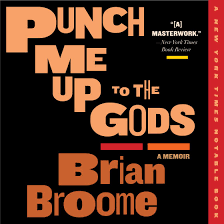
Nonfiction has an equivalent, although I’m not sure what to call it. Maybe I’m not sure what to call it as publishers aren’t even sure. Claire Dederer once said she found out her collage-style memoir, Love & Trouble, could be considered an essay collection because it was referred to as such in some reviews. Some of the books I’m including in this discussion were labeled “memoirs” by their publishers, others “essays,” one “an autobiography.” But they all share these common features: chapters that stand alone and could be published (and some cases, have been) as essays; a thematic through line that both limits the stories’ scope and unites them; a certain sense of chronology is provided but many holes in the timeline exist; chapters don’t start with segues from the last chapter or end with a sense that the story will pick up in the next chapter where it’s leaving off; big gaps are left gaping regarding The What, The When, and The Where of the characters’ lives.
These collections do form a cohesive whole, though, that feels like as much of an offering of the writer’s life as any memoir. The stories are often arranged primarily chronologically and so together the stories offer a narrative arc. And in many cases, there’s more play with the boundaries between fiction and nonfiction than you find in most traditional memoirs, and in that play we glimpse into the narrator’s psyche. Notably, at least three of these books–Punch Me Up to the Gods, The Woman Warrior, The Boys of My Youth–adopt briefly a point of view other than the narrator’s and imagine plot lines whole cloth. And in these imagined moments, emotional truth is served.
If I sound like I’m selling this genre, maybe I am. I do work with a lot of writers who have material that can’t really be played out over the exhausting haul of a typical memoir’s 250 linear pages. The writer hopes to leap over memory chasms and the potholes of other people’s secrets. Memoir does not love the leap. Memoir loves the steam engine of nonstop chronology that plows up earth and exposes strip-mined landscapes. Collections can play peek-a-boo and comb over any bald spots.
Another reason to consider the collection form: Conceiving of one essay at a time can make a softer entrance into a big project. As we write individual pieces, we can start to see something come into focus, how they might become something larger, a book. Indeed, in some cases, forfeiting the traditional memoir for a linked collection could be the answer. But is it easy to pull off? No, it is not. Why? It’s the brutally hard task of getting each essay to stand on its own and stand together with thematic coherence. But the best way to learn how is to study the masters. Here are a few books to start with.

First published in 1975, The Woman Warrior with the subtitle Memoirs of a Girlhood Among Ghosts is a collection of individual pieces that together read as a deep investigation into personal identity. The opening essay, “No Name Woman,” is an exhilarating example of how imagination can be employed in nonfiction to tell us as more about the narrator’s inner life than any factual recounting of an event.

Brian Broome’s Punch Me Up to the Gods is a memoir–and one of the best I’ve ever read–but it’s also a story collection. Each chapter brings to life one particular moment in the narrator’s life and shows it in breathtaking and cinematic detail. The next chapter might leave a gap of many years in between. We learn what we need to learn to further the theme of learned masculinity but unnecessary info like what the narrator does for work is left out. And the omissions don’t seem to be motivated by a need to keep a lot of secrets. Broome shows his narrator in so many compromising situations. Fun origin story: Many of the book’s stories originated as spoken word pieces Broome performed at The Moth and similar events.

The Line Becomes a River‘s subtitle–Dispatches from the Border–hints not only at the topic that ties together all the stories in the book–the Mexican-U.S. border–but also at the book’s form. The dispatches are various stories all connected to the writer’s experiences with the border–as an observer, as a crosser, and as a border patrol officer–but the book doesn’t offer much in terms of a causal chain of events (and doesn’t suffer from its absence). Many of the chapters were originally published as stand-alone essays.

Nothing says “I aspired to be a writer in the late 1990s” like dropping a glowing reference to Jo Ann Beard’s The Boys of My Youth, an essay collection that reads like a short story collection. Factual moments–even those also depicted in headlines like those portrayed in “The Fourth State of Matter”– feel surreal partly because the point of view often appears to come from somewhere above the narrator rather than from within. The collection is tied together by the narrator’s coming-of-age and coming-into-divorce stories. In scattered moments vividly portrayed, we put together a sense of a very particular life.
Admittedly, I read Zora Neale Hurston’s Dust Tracks on a Road with the primary motivation of finding out if the love story of Janie and Tea Cake was inspired by events in Hurston’s life. (And the book does spill the “tea“!) The collection is labeled “an autobiography” but then “memoir” and even “essay collections” weren’t much of a thing in 1942 when the book was originally published. Organized in a roughly chronological fashion, the stories offer a page-turning experience of following Hurston’s life as an anthropologist collecting and archiving stories of rural Black Americans in their own words and hobnobbing with the artists and writers of the Harlem Renaissance.

Again the subtitle does the heavy lifting here in I Could Tell You Stories, telling us not only what the book is about but the shape it will take: Sojourns in the Land of Memory. Patricia Hampl’s essay collection is not quite like any other. It’s a poetic investigation into the drive to commemorate our lives by casting them into written narratives and the ethical problems that ensue. Each essay gives us a peek into the narrator’s life growing up in Minnesota and setting out to become a writer.
In the 1990s Anne Lamott published essays on Salon.com about her life in Marin County as a newly sober and newly Christian single mom and writer. Many of those essays are collected in Traveling Mercies: Some Thoughts on Faith (“Some Thoughts” hints at the form; “Faith” is the subject). Giving the book the feel of a memoir, the 50-page mega essay opening the collection shows the backstory of the narrator literally coming to Jesus, getting sober, and entering motherhood solo. If you’re looking for a way to pull together disparate stories, this essay offers an example of how to unite disparate essays by creating an overview that captures attention, gives context, and introduces themes.



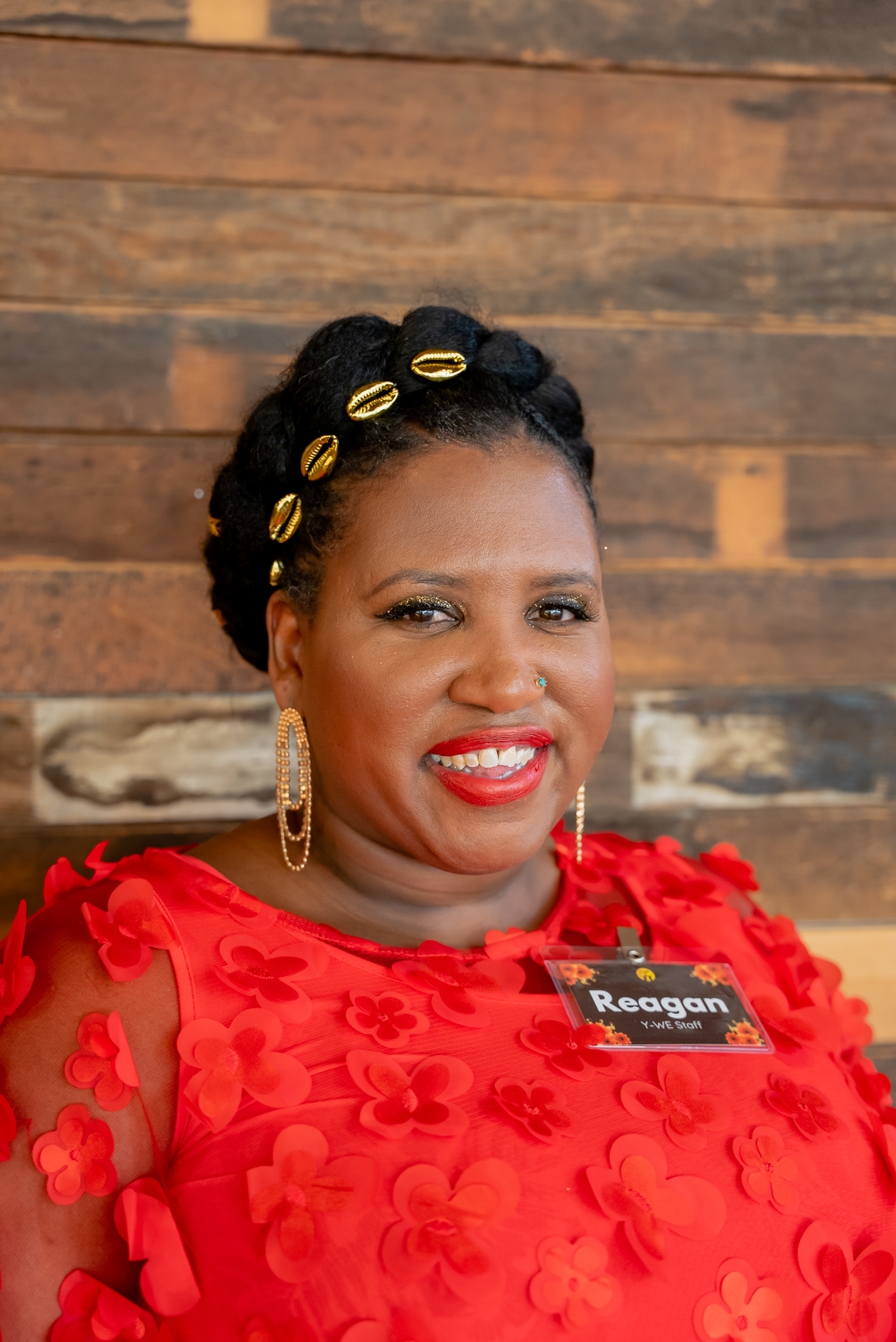
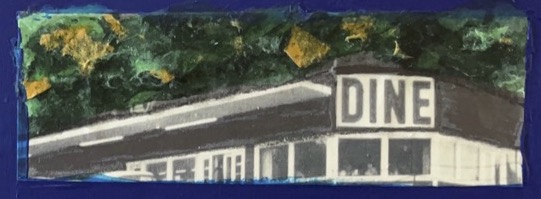
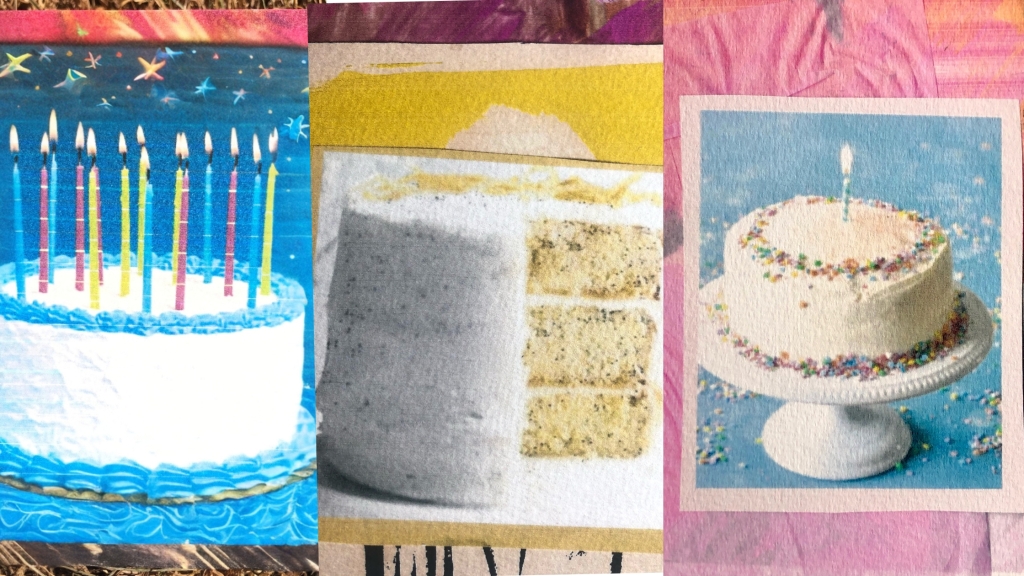
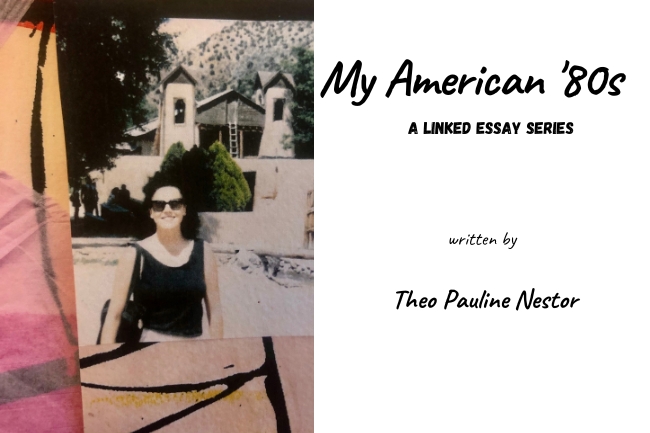
Leave a Reply